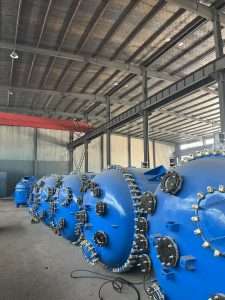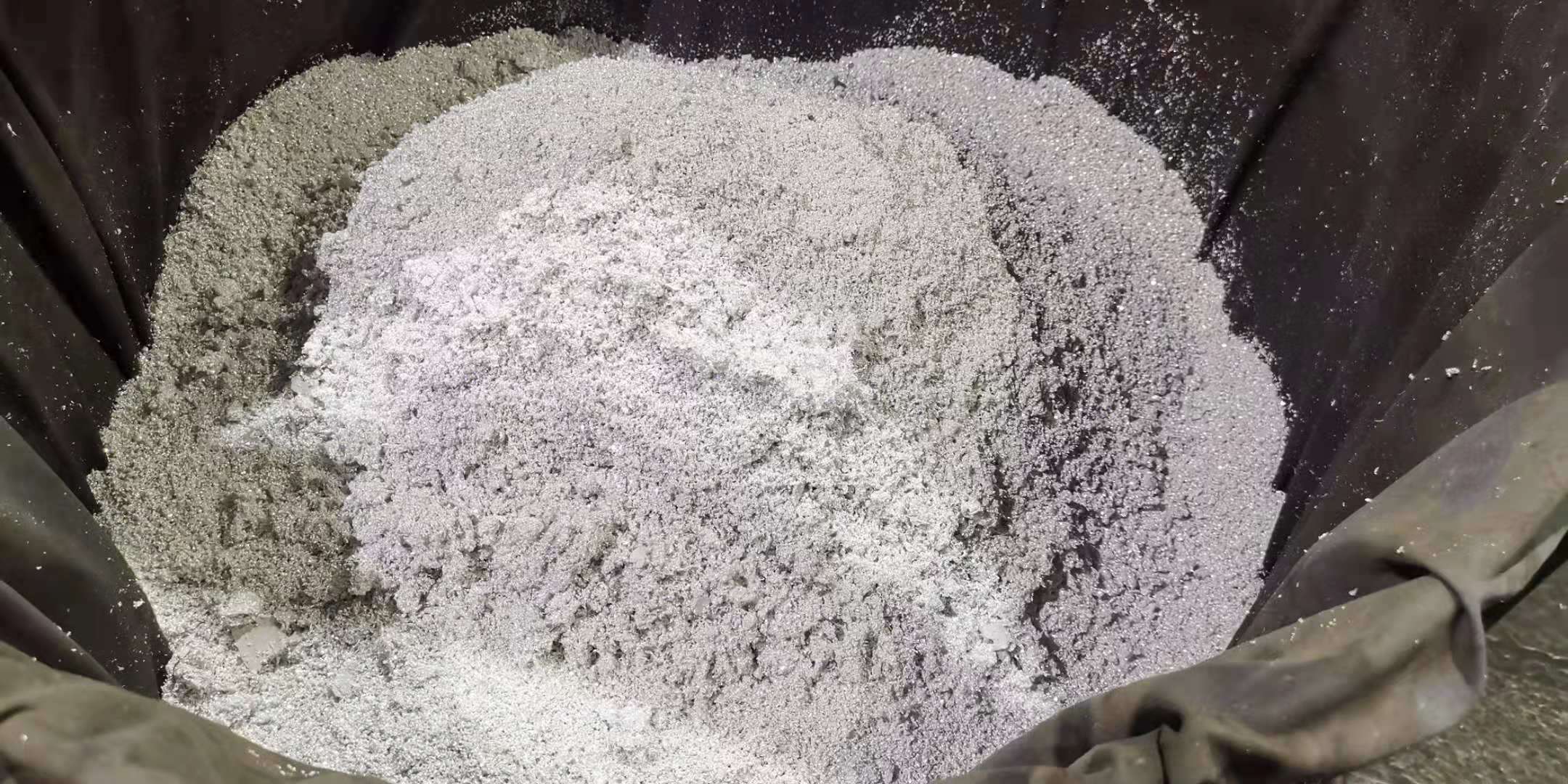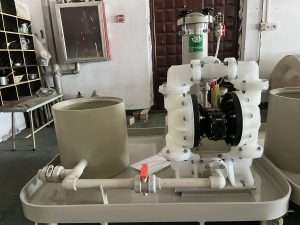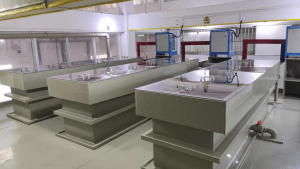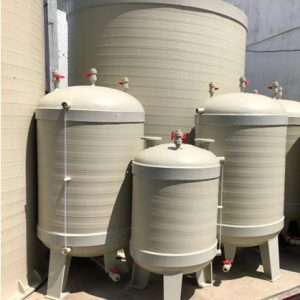Extraction method of silver from lead-zinc ore
Silver plays a key role in lead-zinc ore as a co-occurring element. Smelting converts 95%
of silver into crude lead, while refining converts 99% of lead into lead anode mud.
There are three ways to extract copper and selenium from lead anode mud.
1. The pyrolytic electrolysis process sulphates and roasts the copper anode mud to separate
selenium, and uses dilute sulfuric acid to leach copper and part of the silver. Next, the process
mixes the acid leaching solution with the lead anode mud for smelting to produce precious lead;
2. The slag produced by the continuous addition of flux removes base metals (Sb, Bi, Pb, As)
and forms a gold-silver alloy. Subsequent electrolysis recovers silver and gold, and the precipitation
reduction of the gold electrolyte recovers platinum and palladium. In the wet process, chlorination
and extraction recover gold and silver: chlorine and hydrochloric acid leach the lead anode mud,
ammonia separates silver from lead, and reduction recovers silver. The process also extracts base
metals from the chloride leachate, further separates and extracts gold, and removes copper with
sulfuric acid washing and alkaline leaching, while extracting gold and silver from the residue.
In the wet-fire combined process, heating the lead anode mud can remove arsenic, and further
heating can remove antimony;
3. Arsenic-antimony mud reduction smelting can produce valuable lead melt, which can be
quenched into powder and leached to recover gold and silver through pyrometallurgy.
Extraction method of silver from lead-zinc ore
Call us now:
